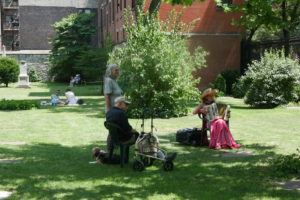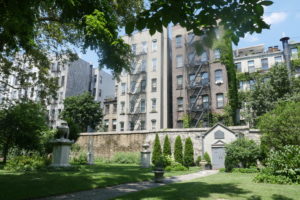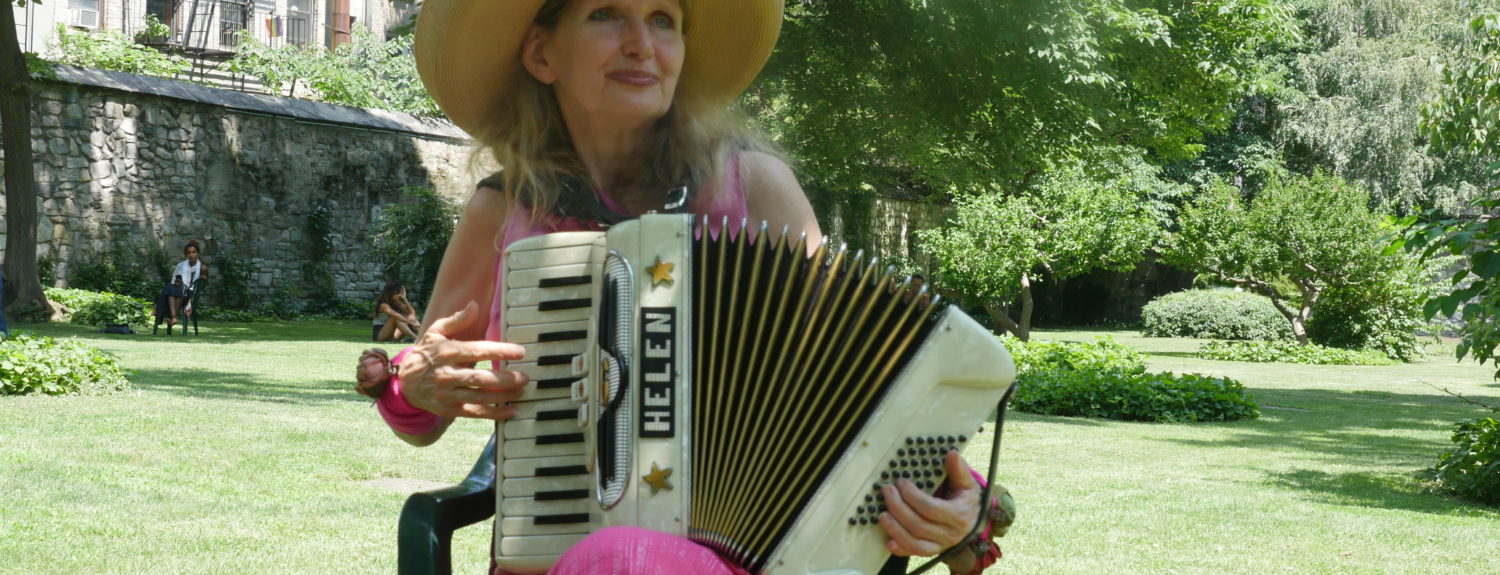Community
Cemetery for Powerful, Prominent Hosts Open House
By Trin Caviness
Spectrum staff
About 46,000 people die every year in New York City. But at the historic New York City Marble Cemetery, an exclusive burial site for the famous or the rich or the cemetery’s founders, just one or two bodies go into the ground annually.
Unless your departed loved ones meet those requirements, they’ve “not a chance” of that cemetery becoming their final resting place, said Colleen Iverson, director of the cast-iron gated graveyard, wedged onto part of a single block of East Second Street in Manhattan.
Since 2002, the cemetery has hosted monthly open houses. The events started out as a response to questions from people passing by. It was clear, from the start, that “people were beyond interested,” Iverson added. “They were fascinated.”
And so began Neighborhood Open Day at The New York City Marble Cemetery—not to be confused with the New York Marble Cemetery on Second Avenue. That’s an important distinction, said  Iverson, adding that even death records have gotten the two places confused.
Iverson, adding that even death records have gotten the two places confused.
At the most recent open house, Mike Cunningham, the cemetery’s head docent, greeted visitors from his seat in a lawn chair just inside the front gate of the cemetery.
A friend of his got married there. Memorial services for two friends who’d passed away took place there.
“I don’t get paid,” Cunningham said. “I just love this place.”
On the same day that Cunningham was sharing his personal connections to the cemetery, Helen Stratford was sitting in the shade, playing the accordion as visitors strolled through. Her repertoire includes La Vie en Rose and other foreign classics.
She regularly appears at the cemetery’s open house to “bring music into the air and add a sense of resplendence.”
New York City Marble Cemetery opened in 1831 when East Second and its surrounding streets were countryside, not yet a part of New York City.
Iverson rolled out a list of notables buried there:
- Jacob Hayes, grand master of local parades and a chief constable of what would eventually become the NYPD.
- Steve Allen, the mayor who brought drinkable, municipal water to the city and whose investigations of state prisons led to the construction of the infamous Sing Sing.
- James Monroe, POTUS No. 5, whose state funeral procession was so long that it stretched from East Second Street cemetery to New York City Hall. (In 1958, his body was exhumed and moved to Hollywood Cemetery in Richmond, Va.)

An 1854 New York Times article that docent Cunningham handed visitors described the cemetery this way: “Inside of this triple wall, there grows greener fresh grass and sweeter flowers than grow or flourish elsewhere till you have crossed a ferry … But neither grass nor flowers nor monuments so ‘take down’ the looker-on through the iron railing as do the peacocks that strut up and down the graveled walks.”
The cemetery is on the National Register of Historic Places.


